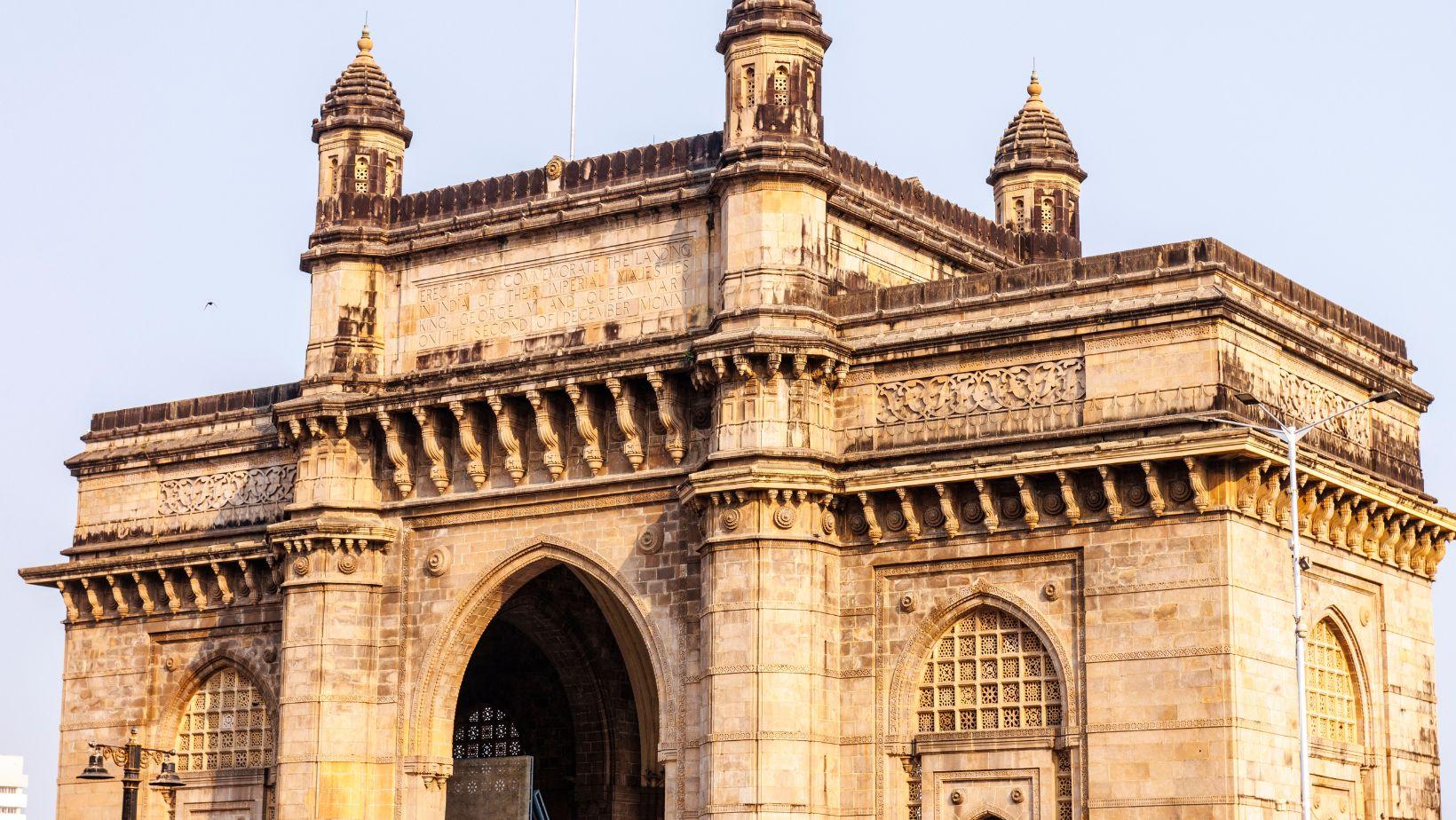Delhi is the capital of India, and one of the most vibrant and diverse cities in the world. Delhi has a rich history, culture, and heritage, that reflects the influence of various dynasties, religions, and communities that have ruled and lived in the city. Delhi is also a modern and cosmopolitan city, that offers a plethora of attractions and activities for visitors of all ages and interests. Whether you are looking for historical monuments, cultural landmarks, natural wonders, or modern marvels, Delhi has something for everyone. 10 places to visit in Delhi, and what makes them so special.
1. Red Fort
The Red Fort, also known as Lal Qila, is one of Delhi’s most iconic and recognizable symbols. It is a majestic fort that stands as a powerful reminder of the Mughal era India, and also a symbol of India’s struggle for freedom. The Red Fort was built by the fifth Mughal emperor Shah Jahan, when he decided to shift his capital from Agra to Delhi in 1638. The fort has a complex of palaces, halls, mosques, and gardens, that showcase the architectural and artistic excellence of the Mughal period. The fort also hosts the flag hoisting ceremony and the Prime Minister’s speech on every Independence Day.
The Red Fort is open from 9:30 a.m. to 4:30 p.m., plus light shows in the evenings. Closed on Mondays. The entry fee for foreigners is 500 rupees, and for Indians is 35 rupees.
2. Qutub Minar
Qutub Minar is a UNESCO World Heritage Site, and one of the tallest and oldest minarets in India. It is a towering structure that was built by the first Muslim ruler of Delhi, Qutub-ud-din Aibak, and his successors, in the 12th and 13th centuries. The minar is 73 meters high, and has five storeys, each with a projecting balcony. The minar is decorated with intricate carvings and verses from the Quran. The minar is surrounded by a complex of other monuments, such as the Quwwat-ul-Islam Mosque, the Iron Pillar, and the Alai Darwaza.
3. Lotus Temple
The Lotus Temple, also known as the Bahai House of Worship, is a stunning monument that is shaped like a lotus flower. It is a place of worship for people of all faiths, and a symbol of peace and harmony. The temple was built by the Bahai community in 1986, and is made of white marble. The temple has 27 petals, that form nine sides, and nine pools of water. The temple has a central hall, that can accommodate 2500 people, and is open for prayer and meditation. The temple also has a library, a museum, and a garden.
4. India Gate
India Gate is a monumental arch that stands on the Rajpath, the ceremonial boulevard of Delhi. It is a memorial to the 70,000 Indian soldiers who died in the First World War, and the 13,000 who died in the Third Anglo-Afghan War. The gate was designed by Sir Edwin Lutyens, and was inaugurated in 1931. The gate has the names of the martyrs inscribed on its walls. The gate also has an eternal flame, called the Amar Jawan Jyoti, that was lit in 1971, to honor the unknown soldiers who died in the Indo-Pakistan War. The gate is a popular spot for photography, boating, and enjoying the sea breeze
5. Humayun’s Tomb
Humayun’s Tomb is another UNESCO World Heritage Site, and one of the finest examples of Mughal architecture in India. It is the tomb of the second Mughal emperor Humayun, who died in 1556. The tomb was built by his widow, Bega Begum, in 1570, and was the first garden-tomb in India. The tomb is a magnificent structure, made of red sandstone and white marble. It has a dome, a double dome, and a cenotaph. The tomb is surrounded by a charbagh, a four-part garden, with water channels and fountains. The tomb also has several other monuments, such as the Barber’s Tomb, the Nila Gumbad, and the Isa Khan’s Tomb.
6. Jama Masjid
Jama Masjid is one of the largest and most beautiful mosques in India. It is also known as the Masjid-i Jehan-Numa, which means the ‘World-reflecting Mosque’. It was built by the Mughal emperor Shah Jahan, who also built the Taj Mahal and the Red Fort, between 1650 and 1656. The mosque can hold an incredible 25,000 devotees. The mosque is a stunning example of Indo-Islamic architecture, and has a white dome, minarets, and arches. It is also a place of pilgrimage and faith, and attracts thousands of devotees and visitors every day. You can see the tomb of Shah Jahan, and also enjoy the views of the city from the mosque.
The Jama Masjid is open from 7 a.m. to 12 p.m., and from 1:30 p.m. to 6:30 p.m. Closed during prayer times. There is no entry fee, but you have to pay 300 rupees for photography.
7. Chandni Chowk
Chandni Chowk is one of the oldest and busiest markets in Delhi, and a must-visit for anyone who wants to experience the essence of Old Delhi. Chandni Chowk literally means the ‘Moonlit Square’, and was established by Shah Jahan in the 17th century. The market is a labyrinth of narrow lanes, lined with shops, stalls, and vendors, selling everything from clothes, jewelry, books, spices, sweets, to street food. Chandni Chowk is also a place of history and culture, as it has several monuments, such as the Red Fort, the Jama Masjid, the Gurudwara Sis Ganj Sahib, and the Paranthe Wali Gali.
Chandni Chowk is open from 9:30 a.m. to 8 p.m. Closed on Sundays. There is no entry fee, but you have to bargain hard for the best deals.
8. Rashtrapati Bhavan
Rashtrapati Bhavan is the official residence of the President of India, and one of the most impressive buildings in Delhi. It was built by the British architect Sir Edwin Lutyens, and was completed in 1929. It was originally the residence of the Viceroy of India, and was called the Viceroy’s House. The building is a masterpiece of Indo-European architecture, and has 340 rooms, 227 columns, and 37 fountains. The building is surrounded by the Mughal Gardens, which are open to the public in February and March. The building also has a museum, a library, and a banquet hall.
9. Lodhi Garden
Lodhi Garden is a beautiful and serene park in Delhi, that is a perfect place to relax and rejuvenate. The park was built by the British in 1936, and was originally called the Lady Willingdon Park. The park covers an area of 90 acres, and has landscaped gardens, lawns, trees, flowers, and ponds. The park also has several historical monuments, such as the tombs of the Lodhi and Sayyid rulers, who ruled Delhi in the 15th and 16th centuries. The park is a popular spot for jogging, walking, yoga, and birdwatching.
10. Akshardham Temple
Akshardham Temple, also known as the Swaminarayan Akshardham, is a magnificent temple and a spiritual-cultural complex in Delhi. It is dedicated to Lord Swaminarayan, the founder of the Swaminarayan sect of Hinduism. The temple was built by the BAPS Swaminarayan Sanstha and was inaugurated in 2005. The temple is a marvel of Indian art and architecture and has a pink sandstone and white marble structure, with intricate carvings and motifs.
These are some of the other popular tourist attractions in Delhi, and I hope that this answer has given you some ideas for your trip. Delhi is a city that will amaze you with its diversity, beauty, and charm.




